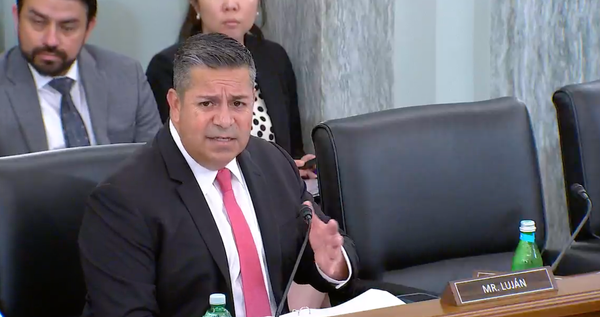How Did NTIA’s Allocation of BEAD Funding Compare with Prior Predictions?
Cartesian predictions follow closely with BEAD allocation announcements on Monday.

WASHINGTON, June 30, 2023 – Broadband Equity Access and Deployment program allocations, announced Monday, follow closely with predictions posted pre-announcement.
The Department of Commerce’s National Telecommunications and Information Administration announced that Texas is set to receive the highest award with over $3.3 billion and California the second-highest with $1.8 billion. Nineteen states are set to receive more than $1 billion in funding. Other high awardees include Alabama, Georgia, Louisiana, Michigan, Missouri and North Carolina.
The Advanced Communications Law and Policy Institute at the New York Law School issued an estimate of state allocations in January. It correctly predicted that Texas would be the highest awarded state at nearly $3.3 billion.
Business consulting firm Cartesian predicted that California and Virginia would follow Texas for the highest awardees. The company predicted Missouri to be awarded $1.5 billion but it received $1.7 billion, exceeding Virginia and making it the third highest awardee.
The Center for Growth and Opportunity at Utah State University based its predictions on Federal Communications Commission From 477 data. It predicted that Missouri would receive less than $1 billion in awards. It also anticipated that Florida would be the second highest awardee at $2.5 billion, with Georgia and Mississippi close behind at $2 billion.
ACLP likewise anticipated Florida and Georgia to receive higher amounts of funding than they did at $1.7 billion and $1.3 billion. Florida, Georgia and Mississippi were awarded $1.1 billion, $1.3 billion and $1.2 billion respectively.
Cartesian alone correctly predicted that Florida would receive close to $1.2 billion and California would surpass it at $1.8 billion, making California the second highest awarded state.
Overall, the Cartesian report was the most accurate of the several reports Broadband Breakfast analyzed, correctly estimating which states would be among the high receivers and even accurately predicting dollar amounts for several states.
Each report predicted allocation amounts by analyzing the number of unserved locations in each state relative to all unserved locations in the United States. Each state was guaranteed to receive a minimum of $100 million, with the remaining portion allocated based on the relative proportion of the nation’s total unserved households.
Of the reports, only Cartesian’s was based on the most recently published version of the Federal Communications Commission’s national broadband map, which the NTIA used to determine funding allocations.
Although the BEAD program promises to invest $42 million in broadband in the next five years, the actual among of investment is projected to be higher due to the private capital match requirement of 25 percent.
Cartesian’s report predicts that the total provider match for BEAD will be $21 billion, which will equate to about $2,898 per unserved and underserved location in the U.S. According to its research, Cartesian anticipates that BEAD funding and matches will be sufficient to meet program goals of making broadband available nationwide.
Mike Conlow, broadband data and internet policy analyst and blogger, estimates that the average allocation per unserved or underserved location is $3,218. Factoring in Rural Digital Opportunity Fund investments, which will fund broadband investments in rural areas also covered by BEAD funding, the average allocation per location is $4,406, according to Conlow.









